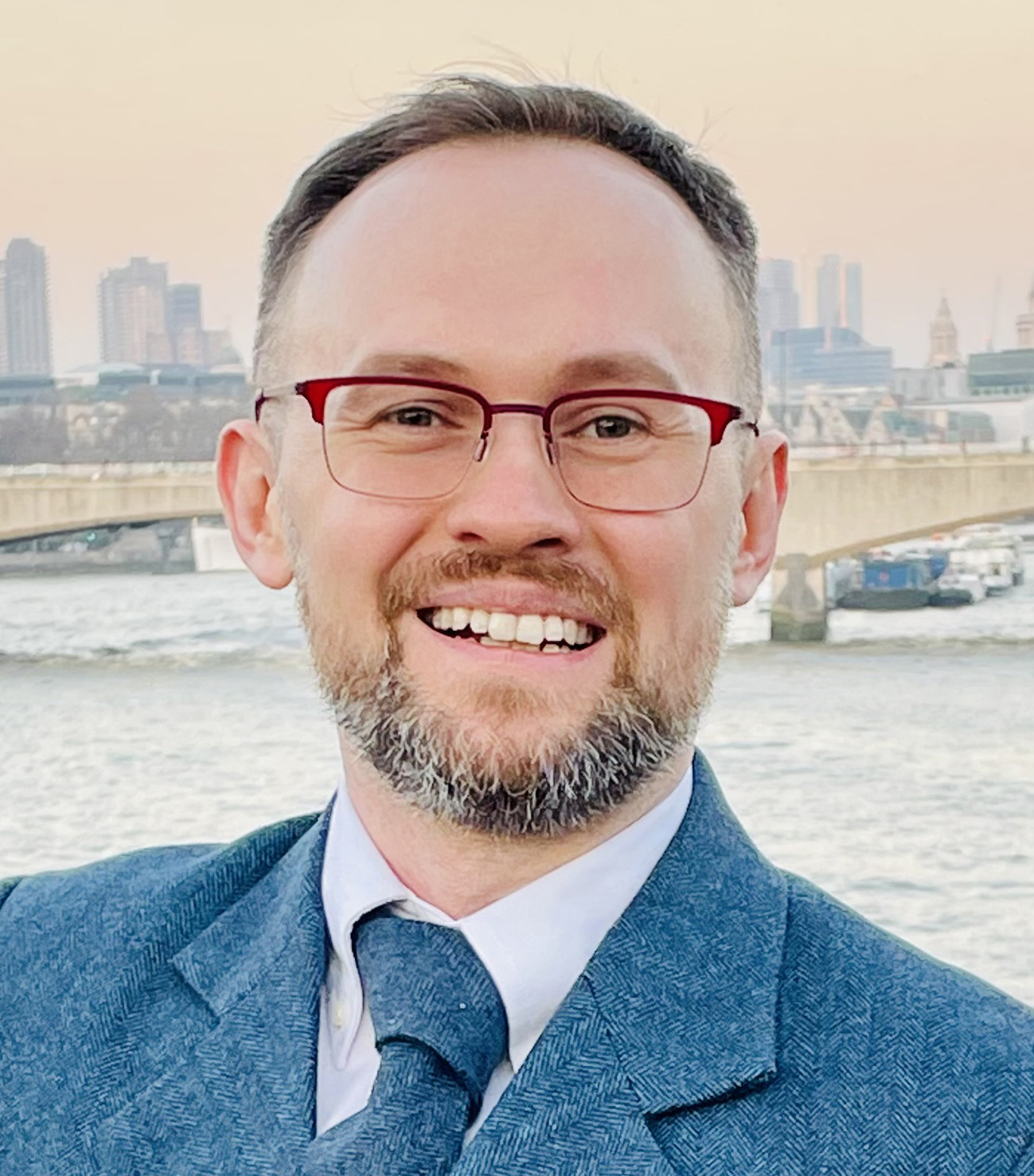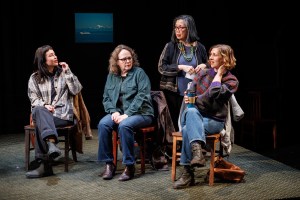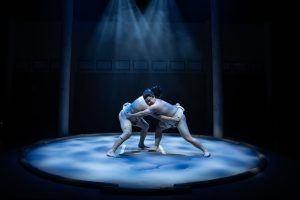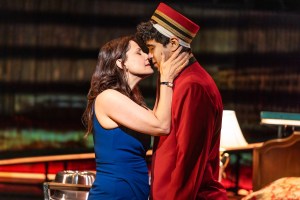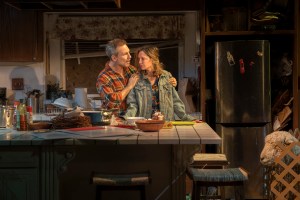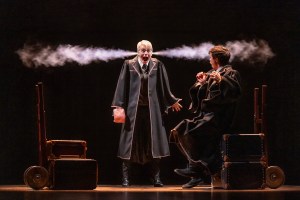It's a Gay World After All: Finding Pride in Disney Movies
Our chief critic explains how a childhood steeped in Disney animated films influenced his queer sensibilities.
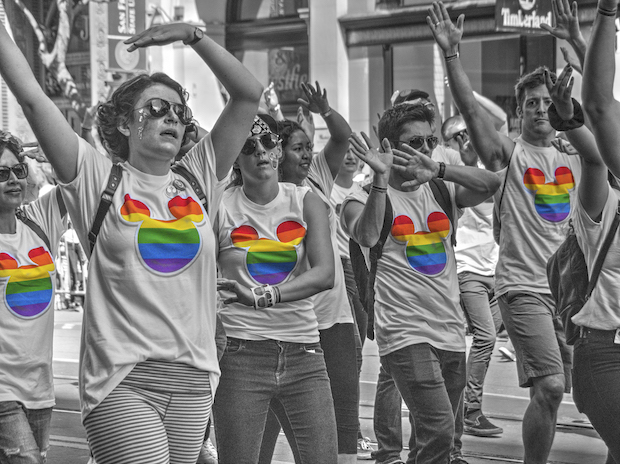
(© Cocoabiscuit)
Disney has often been the subject of suspicion. Be it hidden messages in animation cells or the portrayal of openly gay characters (which led the Pixar film Onward to be banned in much of the Persian Gulf), parents of a more conservative outlook wonder what effect hours of repeat viewing might be having on their kids. What exactly is Elsa commanding you to let go of — your traditional values?
Now, with another rainbow-festooned LGBTQ Pride Month upon us, and with Governor Ron DeSantis treating the Magic Kingdom like his own personal Sudetenland over Disney’s opposition to Florida’s “Don’t Say Gay” bill, I’m re-examining the role Disney has played in the development of my own abundant gayness.
To be clear: I am not claiming that the Walt Disney Company made me a homosexual. Human sexuality is complicated and dynamic (certainly more so than the “Born This Way” slogan suggests), and it’s ridiculous to assume that a cartoon, or even a whole universe of animated princesses in enchanted castles, could magically transform anyone into a fairy. However, when it comes to gay as a culture (a secret society of queer irreverence, overflowing with in-jokes and shared references, propagated by prophets stretching from Oscar Wilde to RuPaul), my first invitation to the party was undoubtedly extended by the gloved hand of the mouse.
Ursula from The Little Mermaid (1989) was, of course, my first drag queen. Larger than life and painted for the gods, she gets all the best lines, with voice actor Pat Carroll knocking them into the next ocean. It wasn’t until I was an adult that I learned that Ursula’s appearance had been inspired by Divine, terrorist drag queen star of so many John Waters films.
But Ursula’s queeniness goes beyond the superficial: Jealous of pretty, young Ariel, this witch nurses her resentment in the company of her only real friends, her pet eels. She reminisces about better days and dishes out terrible advice in an octopus’s garden full of poor unfortunate souls, some of whom can get a little grabby. It’s a scene straight out of any gay bar.
Like so much that’s great about the Disney Renaissance (the period of revival for Disney animation, which began with The Little Mermaid), this perfect marriage of form and function was filtered through the sensibilities of playwright and lyricist Howard Ashman, who collaborated with composer Alan Menken on Little Mermaid, Beauty and the Beast (1991), and Aladdin (1992) — and, like Waters, was a gay man from Baltimore.
A documentary about Ashman, Howard, has been streaming on Disney since 2020, and it is well worth your time to learn about a man I consider to be one of the most influential Americans of my lifetime. With just three films, he laid the foundation for the shared culture of children the world over. My husband grew up thousands of miles away from me on a small Mediterranean island; but, like me, he knows every lyric to “Part of Your World,” having burned them into his memory through repeat plays of an overworked VHS copy of The Little Mermaid. This isn’t just a testament to the catchiness of Menken’s music or the simple perfection of Ashman’s lyrics, but their commitment to clear and efficient musical storytelling that is still paying dividends in the artists of today (just ask Lin-Manuel Miranda). Blast that through Disney’s unprecedented cultural megaphone and you have the world of 2022, where everything and everyone is just a little bit gayer.
Much has been written about how, through the intercession of Ashman and Menken, Broadway saved Disney, and how Disney returned the favor by opening its theatrical division, restoring the decrepit New Amsterdam Theatre, and helping to turn Times Square into the family-friendly tourists destination it has been for decades (though arguably less so today). But this is Broadway-centric propaganda that papers over the fact that when it comes to artistic movements on the stage, Broadway is usually last to the party. Before his association with Disney, Ashman only had one Broadway credit to his name: the beauty pageant musical Smile (written with Marvin Hamlisch), which didn’t make it past two months of performances.
In truth, Ashman was a creature of off-off-Broadway, serving as the artistic director of the WPA Theatre starting in 1977. It was at the WPA that Ashman staged his first collaboration with Menken, God Bless You, Mr. Rosewater as well as their greatest stage success, Little Shop of Horrors, which Ashman was dead-set against taking to Broadway. Coincidentally, a VHS of the 1986 film adaptation starring Rick Moranis and Ellen Greene got more play in my house than any Disney movie, and undoubtedly influenced my early appreciation of camp. The refrain of the scene-setting number of that musical, “Skid Row (Downtown),” hints at Ashman’s spiritual home — well south of 42nd Street.
Rewatching the three Ashman-Menken Disney movies is a real joy, if only to catch the allusions that flew over my head as a child: Chef Louis in Little Mermaid, as ridiculous as any character from Charles Ludlam, singing nonsensically about “Les Champs-Élysées, Maurice Chevalier“; spoons diving into soup during “Be Our Guest” à la Million Dollar Mermaid; Jafar referring to Aladdin as “Prince Abubu,” a slight shadier than anything Mariah Carey has ever said.
“Everyone would rather write for Captain Hook than Peter Pan. They’re just more fun,” Ashman said about writing for villains. I definitely felt that as a kid. When acting along with the movies in our living room (a must when you’re a budding thespian), I almost always chose the villain to mirror. Whether Scar presiding over a Victory Day parade of hyenas or Judge Frollo confessing his sins before the Madonna, Disney villains have better stage business, and they regularly present the opportunity for some fierce cape swishing. I was also attracted to their foreignness: Curiously, most Disney villains are British, which certainly seems to add to their gayness in the American imagination — something on which our friends at WhatsOnStage are better equipped to comment.
In addition to Ashman, much credit should go to animator Andreas Deja, who designed many of Disney’s iconic villains, including Scar, Jafar, and Gaston. Personally, I never played Gaston, who didn’t seem as fabulous as Ursula or Jafar — although he had other qualities to pique my nascent gay interests.
While some humorless LGBT activists have taken offense at Disney’s “gay-coded” villains, seeing them as part of a long traditional of the dominant culture demonizing queer people, I see them as a cautionary tale about life lived in denial. Is Jafar really perving on Jasmine, or is he forcing himself to play the hetero cad in a patriarchal society that only recognizes opposite-sex marriage as the basis for succession? What exactly is Frollo distracting himself from by becoming a workaholic religious fanatic? These are stories LGBT people know all too well.
The flip side can be found in Disney’s heroes, who in the ’90s especially began expressing a strong desire to get out: Ariel pines for life “out of these waters.” Feeling stifled by her “little town,” Belle buries her nose in a book and dreams of “adventure in the great wide somewhere.” Both misfits in their own ways, Aladdin and Jasmine mutually envision “a whole new world.” The resolution comes only when the protagonists come clean about their true identities (in the case of Ariel and Aladdin) and their families accept their unconventional romantic relationships: street rat-princess, mermaid-man, beauty-beast.
“Children got to be free to lead their own life,” observes the fusty Jamaican crab Sebastian, summing up the overarching theme of the Disney Renaissance films. Indeed, King Triton even reluctantly commits to a future largely separated from his newly terrestrial daughter, because that is what makes her happy. LGBT kids have long left home in search of community and acceptance, but we’re not the only ones with whom these stories resonate.
A generation has grown up with queer outsiders as their heroes, and those people are now raising children of their own. They are sharing in our once-secret culture (RuPaul is one of the biggest TV stars in America, and he has spoken about Disneyfying his look before going mainstream in the ’90s). And most importantly, they are more open to the possibility that their own kids will be gay. Disney’s most profound influence is not on today’s kids, but tomorrow’s adults.
So if you’re a lost-cause homophobe who is looking around at all the out and proud queer people living in harmony with their biological families, you might actually be justified in laying a bit of the blame at the drawbridge of Cinderella’s castle. To you I say, we’re part of your world, so get used to it.

